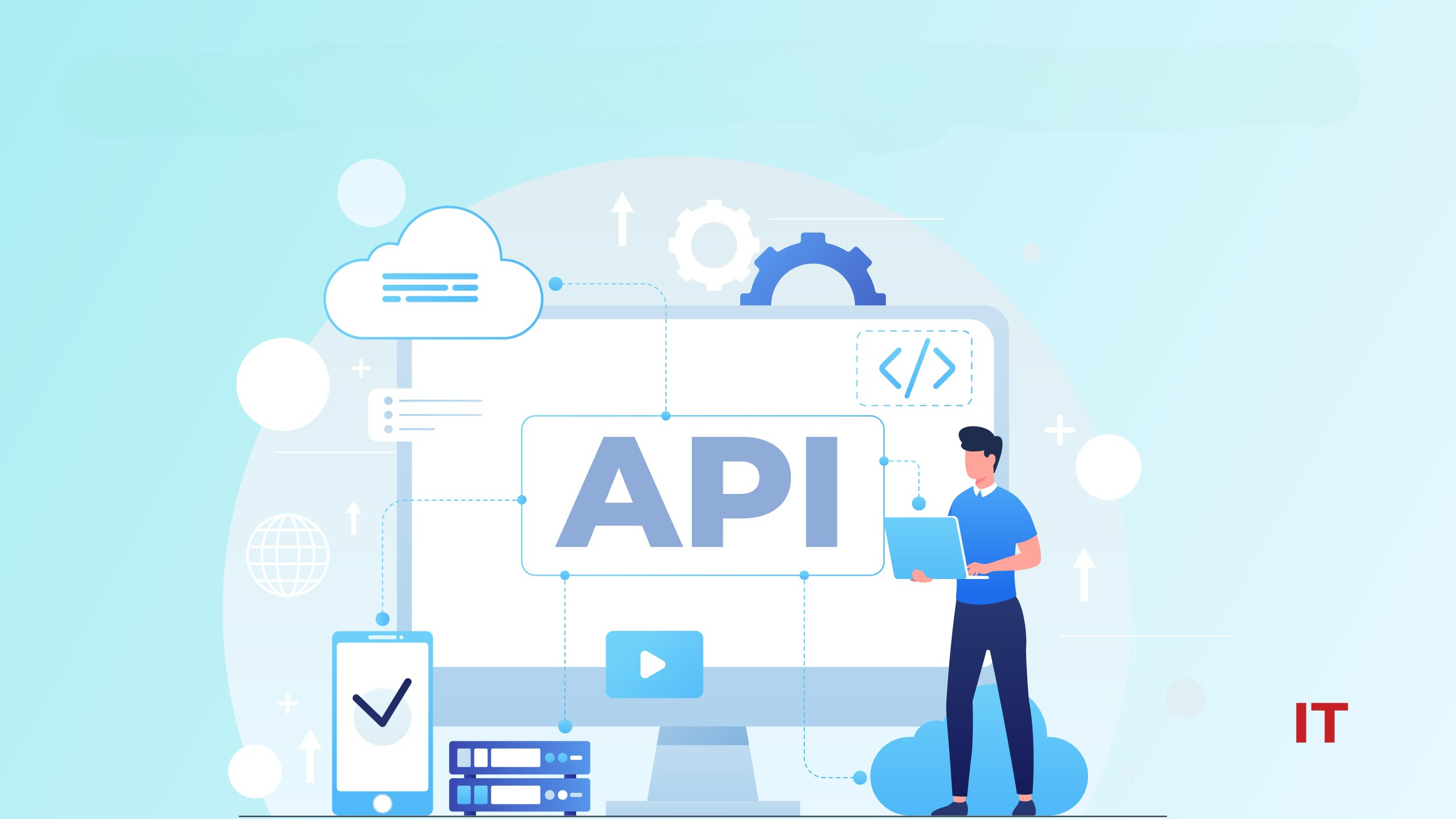API Security Guide: How to Safeguard Digital Communications
 Shubham Kamble
Shubham Kamble
In the modern digital era, ensuring the security of Application Programming Interfaces (APIs) is critical for protecting sensitive data, preventing cyberattacks, and maintaining the integrity of systems. With a significant number of data breaches being attributed to insecure APIs, implementing robust security measures has never been more crucial. This guide explores what API security is, why it is important, and best practices for securing your APIs.
What Is API Security?
API security refers to the practices and protocols used to protect APIs from malicious attacks and misuse. APIs, which facilitate interactions between different software applications, are integral to modern software architectures, including microservices. Given their role in accessing sensitive functions and data, APIs are prime targets for cyber attackers.
Key vulnerabilities in APIs include broken authentication, inadequate rate limiting, and code injection. To mitigate these risks, organizations must regularly test their API gateways and adopt best security practices to safeguard their digital interfaces.
Why Is API Security Important?
API security is vital for several reasons:
Protection of Sensitive Data: APIs connect services and transfer data, often involving sensitive information such as medical, financial, or personal data. Security concerns can cause delays in application implementation. Protecting APIs ensures data confidentiality and integrity in today's interconnected landscape.
Prevention of Cyberattacks: APIs are susceptible to various cyber threats, including business logic flaws and vulnerabilities. Attackers may exploit these weaknesses to infiltrate systems, steal critical information, or disrupt functionality. Securing APIs is essential to prevent such attacks and maintain system integrity.
Ensuring Trust and Compliance: Organizations that handle customer data or operate in regulated industries must comply with data protection regulations and industry standards. Implementing robust API security measures helps meet compliance requirements and build customer trust by safeguarding sensitive data.
Authentication and Authorization: Effective API security involves access control mechanisms to ensure only authorized users or systems can access the API. Strong authentication and authorization protocols are crucial to prevent unauthorized access and protect against malicious activities.
Secure Communication: Using secure communication protocols, such as HTTPS, is vital for protecting data in transit. These protocols encrypt data, preventing eavesdropping and tampering during transmission, thus ensuring the confidentiality and integrity of data exchanged through APIs.
Best Practices for Securing Your API
To secure your API effectively, consider the following best practices:
Use HTTPS/TLS: Ensure your API only accepts queries over secure channels like HTTPS/TLS to protect access credentials and API data in transit with end-to-end encryption.
Implement Authentication and Authorization: Use robust authentication mechanisms to verify the identity of users and systems accessing the API. Implement authorization controls to define the level of access for each user or system.
Validate and Sanitize Input: Validate and sanitize all input received by the API to prevent common security vulnerabilities, such as cross-site scripting (XSS), cross-site request forgery (CSRF), and SQL injection attacks.
Implement Rate Limiting: Enforce rate limits to prevent abuse and protect against denial-of-service (DoS) attacks. Rate limiting ensures API usage remains within acceptable thresholds, preserving availability and performance.
Encrypt Sensitive Data: Employ encryption techniques to protect sensitive data, particularly during transmission or storage, ensuring data confidentiality and preventing unauthorized access.
Monitor and Log API Activity: Implement logging and monitoring mechanisms to track API usage, detect suspicious behavior, and identify potential security issues. Regularly review logs to identify and respond to anomalies or attacks.
Keep APIs Up to Date: Regularly update and patch your APIs to address security vulnerabilities or weaknesses. Stay informed about emerging risks and conduct regular security audits to mitigate potential threats.
Follow API Documentation Best Practices: Thoroughly review and follow API documentation best practices, including understanding the authentication process, required data formats, and potential error messages. Building a threat model can help identify potential security issues and incorporate appropriate security mitigations.
Consider Third-Party Security Solutions: Depending on your API's complexity and criticality, consider leveraging third-party security solutions such as antivirus systems or API management platforms to scan payloads, monitor API activity, and provide additional layers of protection.
Conclusion
In today's digital landscape, API security is paramount. Implementing robust authentication and authorization mechanisms, using secure communication protocols, validating input, encrypting sensitive data, and monitoring API activity are essential steps. Regular updates, adherence to best practices, and consideration of third-party security solutions further enhance security. By prioritizing these measures, organizations can confidently harness the power of APIs while mitigating risks and ensuring the trust of users and partners.
Subscribe to my newsletter
Read articles from Shubham Kamble directly inside your inbox. Subscribe to the newsletter, and don't miss out.
Written by
